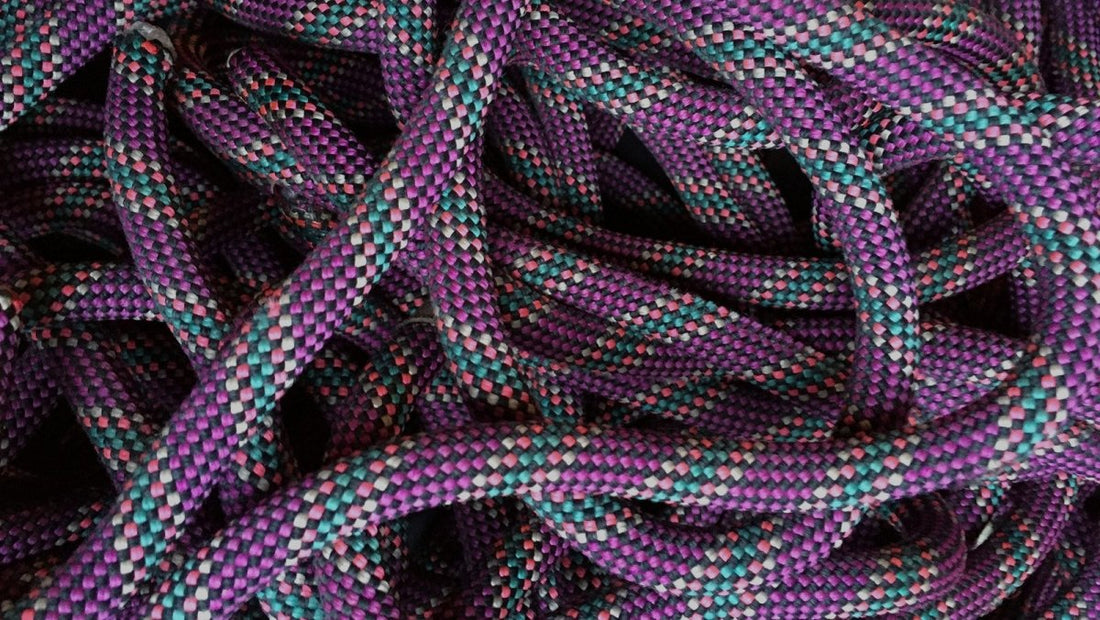
5 Knots Every Hiker and Backpacker Should Know
Increase Your Backcountry Skills by Learning These Knots

The right knot can be a lifesaver when you run into the unexpected in the backcountry. So if a granny knot is your go-to knot for every situation, it's time to upgrade your knot skills with these knots every hiker and backpacker should know. The 5 knots below are perfect for attaching loads to your pack, tensioning a rainfly, securely connecting two ropes, rescue lines and more. Best of all we've embedded Youtube tutorials from Backpacker Magazine's Knot School Series so learning each knot is as clear as possible.
1. Taut Line Hitch
The Taut Line Hitch is the perfect knot for securing the guylines for a rainfly or tarp. This knot gets its name because you tie it once and it easily adjusts to add tension to the line to keep things taut.
When to Use: guy lines and clotheslines.
2. Square Knot
The Square Knot was one of the first knots we learned and one we use frequently while backpacking. A Square Knot is great because it is fairly easy to untie even after being tightened under a load. Although a Square Knot works well for combining two lengths of rope for non-load bearing applications it should never be used for load bearing situations, instead use the Sheet Bend (see next knot).
When to Use: combining non-load bearing ropes of the same size, tying items to your pack or to secure a bandage.
Pro-Tip: Remember how to tie a Square Knot with this rhyme, "right over left, left over right, makes a knot both tidy and tight."
3. The Sheet Bend Knot
The Sheet Bend Knot is the best way to combine two lengths of rope, especially of different diameters. It is much stronger than the square knot, but keep in mind it does have the tendency to loosen when not under load.
When to Use: To combine ropes of different diameter. Fix a broken shoe string, or guyline.
4. Bowline Knot
The Bowline Knot is sometimes called the king of knots. Similar in structure to the Sheet Bend we just learned, the Bowline secures a rope around an anchor like a tree, instead of to another rope. If your hiking partner ever needs to be rescued after a fall the Bowline is the knot to use to anchor your rope. The Bowline Knot is easy to untie even after being tightened under a load but also tends to loosen when not under load, so as with any knot it is always good to check it before trusting your life to it.
When to Use: Securing a rope around a tree or other anchor for use as a rescue line.
5. Clove Hitch Knot
The Clove Hitch is a simple knot that is useful for securing rope to tent stakes, branches or round posts. If you've ever watched an old western, you've seen cowboys use Clove Hitches to secure their horses. The Clove Hitch is also used when lashing poles together to create a wilderness survival shelter.
When to Use: Securing rope to tent stakes, branches or posts.
Additional Resources for Learning Knots
We like to bring a knot guide on some of our backpacking trips so we can practice knots in camp.

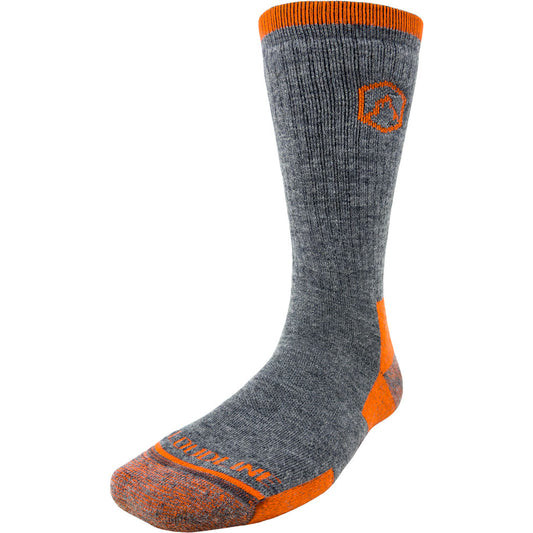
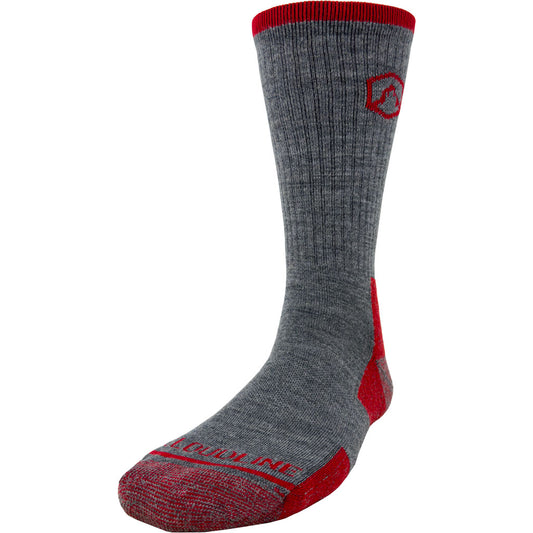
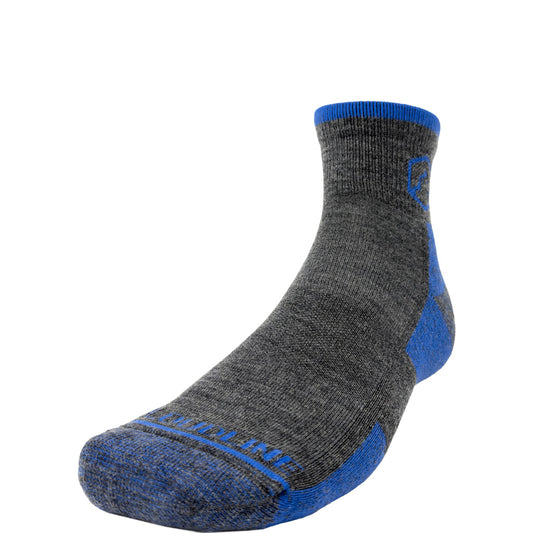
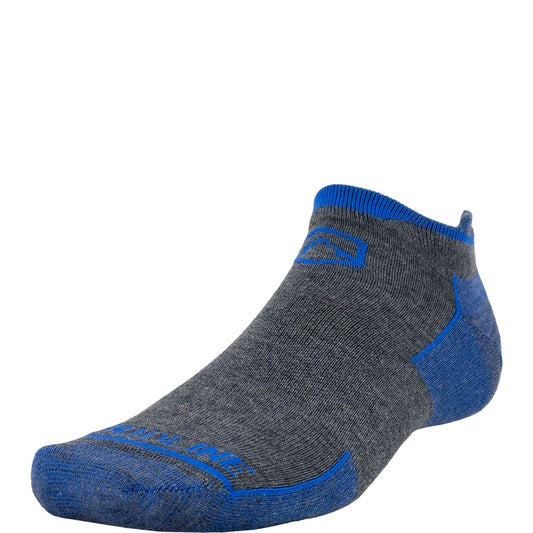
3 comments
Great choices, however as a long time Scoutmaster & backpacker I suggest a few changes.
The second knot needed to compliment the taught line hitch is the slipped double half hitch (bight slipped slipped into the second half hitch) which would be used opposite the taught line hitch.
The sheet bend is more secure than the square knot and easily replaces it
Water bowline is better than a bowline. I teach the Scouts the one handed bowline for personal rescue the water bowline for everything else
Lastly I have been using the snuggle hitch more that clove hitch because it’s more secure & just as easy to tie
Thanks for the review
Your notes about the Bowline are missing a CRITICAL factor!!! You use this knot to create a loop in which to secure the person you are rescuing. REASON It is one of the few knots that creates a loop and DOES NOT Tighten!!! If you used two half hitches or a Taught Line Hitch the loop would tighten around the persons waist and could cause them injury.
The modern backpacker only needs to know how to tie their shoelaces and make 1 star hotel room bookings online. But even that is a struggle for some of them. lol